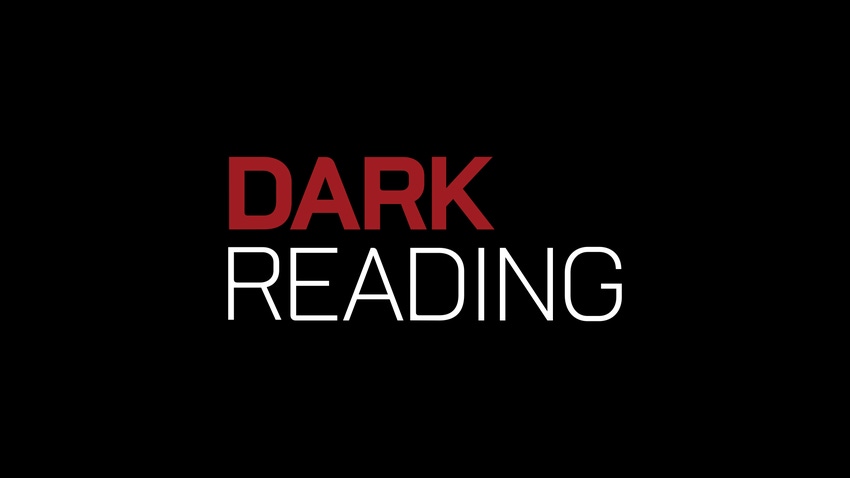Microsoft Nukes Buggy Office 2013 Update
Second batch of faulty software from Microsoft in two months reinforces recommendation to patch in staggered fashion.


10 Hidden Benefits of Windows 8.1
10 Hidden Benefits of Windows 8.1 (click image for larger view)
For the second time in two months, Microsoft has temporarily pulled a software update after users reported that it inadvertently disabled some Windows features.
Microsoft Wednesday removed its Office Update 2013 (KB2817630), which was released Tuesday as part of the company's regularly monthly release of patches. The update contained user interface changes, as well as stability and performance improvements for both the 32-bit and 64-bit versions of Office 2013 and Office Home and Student 2013 RT.
But soon after the update was released, users began reporting difficulties. "I've got Microsoft Office 2013 Professional Plus running on Windows 8 Professional. I just applied today's Microsoft updates, and now that I've done so, the Outlook 'Folder Pane' is empty," one Windows user posted to a Microsoft help forum Tuesday. "I can't view my list of e-mail accounts, folders, favorites, etc."
More reports of frozen Outlook navigation panes soon surfaced, leading Microsoft to pull the patch Wednesday from its Windows Update servers.
[ Microsoft is overhauling its leadership structure. What does it mean? See Microsoft's Journey May Leave Too Many Behind. ]
Later Wednesday, Microsoft confirmed the problem, saying in a blog post that it stemmed from incompatible versions of outlook.exe and mso.dll being on the same system. In particular, "a mismatched reference to a data structure causes the 'minimize' button in the navigation pane to render incorrectly, typically extremely large to the point that the navigation pane is 'invisible' to the user," it said.
Microsoft also noted that, contrary to some press reports, the buggy Office 2013 update had nothing to do with a critical security update for Microsoft Outlook (MS13-068), released Tuesday, that patched a remote code execution vulnerability, but only in the 2007 and 2010 versions of Microsoft Office. Accordingly, "we continue to recommend [this] as a high priority security update," said Wolfgang Kandek, CTO of Qualys, in a blog post.
The bad Office 2013 update followed Microsoft last month pulling an August security update for Exchange Server 2013 (MS13-061) that scrambled search infrastructure settings, thus "placing the content index for all databases into a failed state," according to a Microsoft advisory. About two weeks after removing the patch, Microsoft released a related fix for both Exchange 2013 RTM CU1 and Exchange 2013 RTM CU2.
While Microsoft said it thoroughly tested both of the buggy patches, the double dose of bad code -- one a user interface bug, the other a bad security update -- "underscores the complexity of our current IT environment," said Kandek.
The solution, he said, is to nominate some guinea pigs. "IT administrators at many organizations that we interact with counter this with a 1%, 10%, 100% mechanism, meaning they apply these patches to 1% of the user base on the first day, 10% on the second day -- barring problems -- and going for 100% starting on the third day," he said. "The ultimate goal is to have security patches distributed to all machines by the fifth day." Patch managers would typically also pursue different schedules: one in the short term for critical security updates, for example, and one later for "product enhancement patches" such as this month's Office 2013 update, which contained no security fixes.
Going forward, what might be done to prevent such patch incompatibility problems altogether? "Ultimately I believe that reducing the complexity on the desktop and using more online services for our daily needs is the direction that we are headed," Kandek said.
Learn more about enterprise software by attending the Interop conference track on Applications and Collaboration in New York from Sept. 30 to Oct. 4.
About the Author(s)
You May Also Like
Beyond Spam Filters and Firewalls: Preventing Business Email Compromises in the Modern Enterprise
April 30, 2024Key Findings from the State of AppSec Report 2024
May 7, 2024Is AI Identifying Threats to Your Network?
May 14, 2024Where and Why Threat Intelligence Makes Sense for Your Enterprise Security Strategy
May 15, 2024Safeguarding Political Campaigns: Defending Against Mass Phishing Attacks
May 16, 2024
Black Hat USA - August 3-8 - Learn More
August 3, 2024Cybersecurity's Hottest New Technologies: What You Need To Know
March 21, 2024




